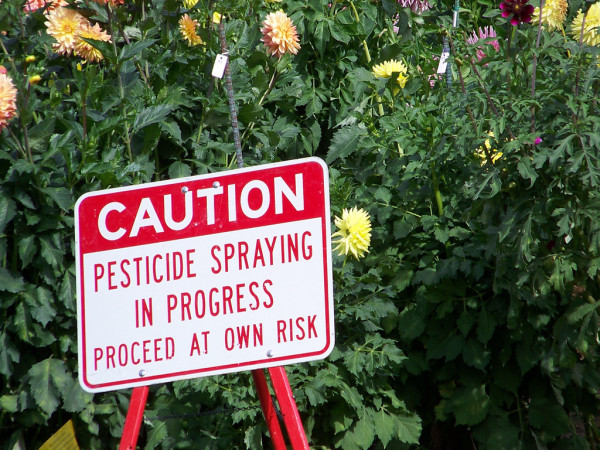Chlorpyrifos, a pesticide most used in Fresno, Tulare, and Kern counties in California, has recently been linked to a threefold increased risk of autism for fetuses in exposed pregnant women. This news, that long-term exposure to organophosphate pesticides poses health risks, is unfortunately familiar to many public health officials.
Image Source: ktaylorg
But should autism be described as a “health risk”?
Discourses about disabilities can adopt varied tones depending on the setting. There are three widely accepted models of disability:
- The medical model: Disabilities are borne by the individual and can be fixed or reduced. They are parts of a defective human body preventing optimal health. Innovators who encourage the development of ear implants and pills for depression patients espouse this model.
- The social model: Just as race is a social construct used to differentiate between people of the one human race, so is a “disability”. Certain physiological or psychological characteristics of disabled persons prevent them from participating in a normalized society. For example, including text-to-speech software in classrooms may allow the integration of more autistic students, bypassing the students’ speaking difficulties.
- The religious model: A disabled person is a gift or a curse, a sign of divine intervention. A family might be “blessed” to have a child with Down Syndrome that will “test” their patience and may be rewarded for showering a disabled child with love.
However, much of public health is about evaluating risks and preventing hazards on a population level. Sometimes the standards of the population determine whether something is a “risk.” The concern about pesticide-induced autism would be far more reduced if our schools truly accommodated autistic children. The hand of public health can only extend so far, and it would not need to extend so much, if our society accommodated for people of disabilities and other body types.
Pesticides are harmful for many reasons, true. But for those who follow the social model, the increased risk of autism should not be one of them.
Feature Image Source: jetsandzeppelins










